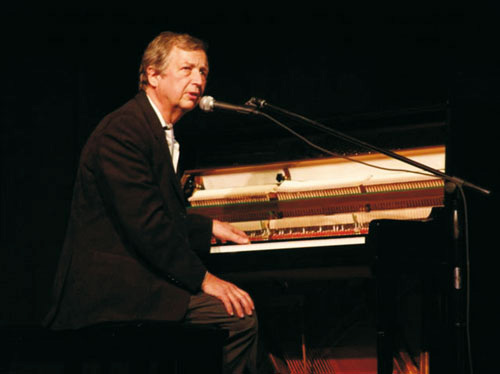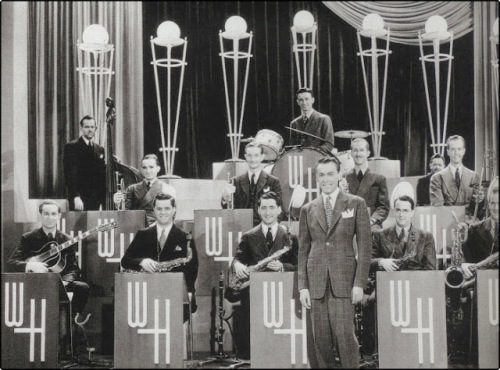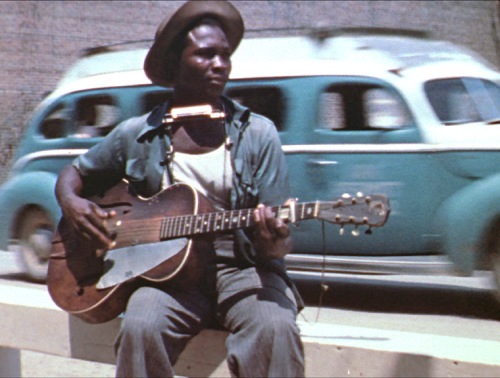Today, on Big Joe Williams’s 110th birthday, let’s recall how he won over an audience of jaded rockers in 1965:
“Sandwiched in between the two sets, perhaps as an afterthought, was the bluesman Big Joe Williams…
“He looked terrible. He had a big bulbous aneuristic protrusion bulging out of his forehead. He was equipped with a beat up old acoustic guitar which I think had nine strings and sundry homemade attachments and a wire hanger contraption around his neck fashioned to hold a kazoo while keeping his hands free to play the guitar. Needless to say, he was a big letdown after the folk rockers. My date and I exchanged pained looks in empathy for what was being done [to] this Delta blues man who was ruefully out of place.”
“After three or four songs the unseen announcer came on the p.a. system and said ‘Lets have a big hand for Big Joe Williams, ladies and gentlemen; thank you, Big Joe.’ But Big Joe wasn’t finished. He hadn’t given up on the audience, and he ignored the announcer. He continued his set and after each song the announcer came over the p.a. and tried to politely but firmly get Big Joe off the stage.”
“Big Joe was having none of it, and he continued his set with his nine-string acoustic and his kazoo. Long about the sixth or seventh song he got into his groove and started to wail with raggedy slide guitar riffs, powerful voice, as well as intense percussion on the guitar and its various accoutrements. By the end of the set he had that audience of jaded ‘60s rockers on their feet cheering and applauding vociferously. Our initial pity for him was replaced by wondrous respect. He knew he had it in him to move that audience, and he knew that thousands of watts and hundreds of decibels do not change one iota the basic power of a song.”
This according to “Big Joe Blues” by Marc Miller (Blues for peace, 2005). Above, Williams in Hamburg in 1972; below, a close-up performance with his celebrated nine-string guitar.
Related articles:











